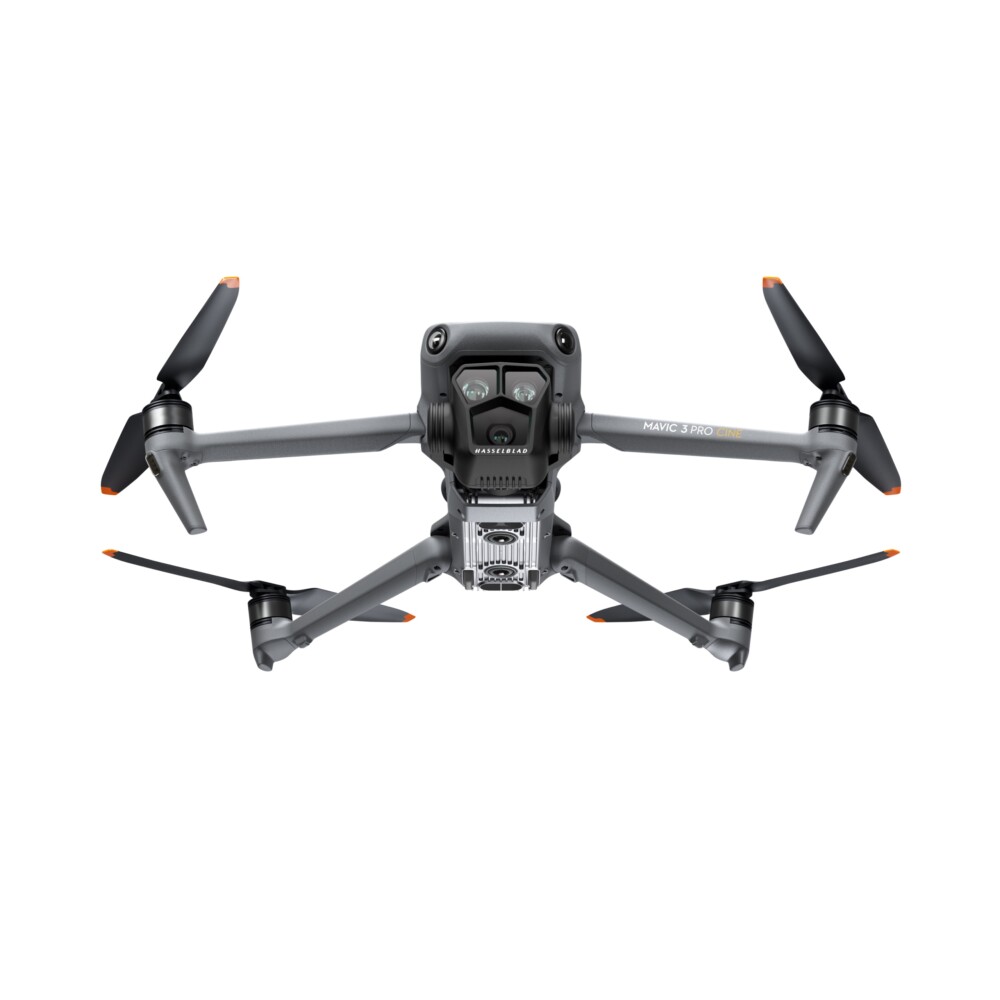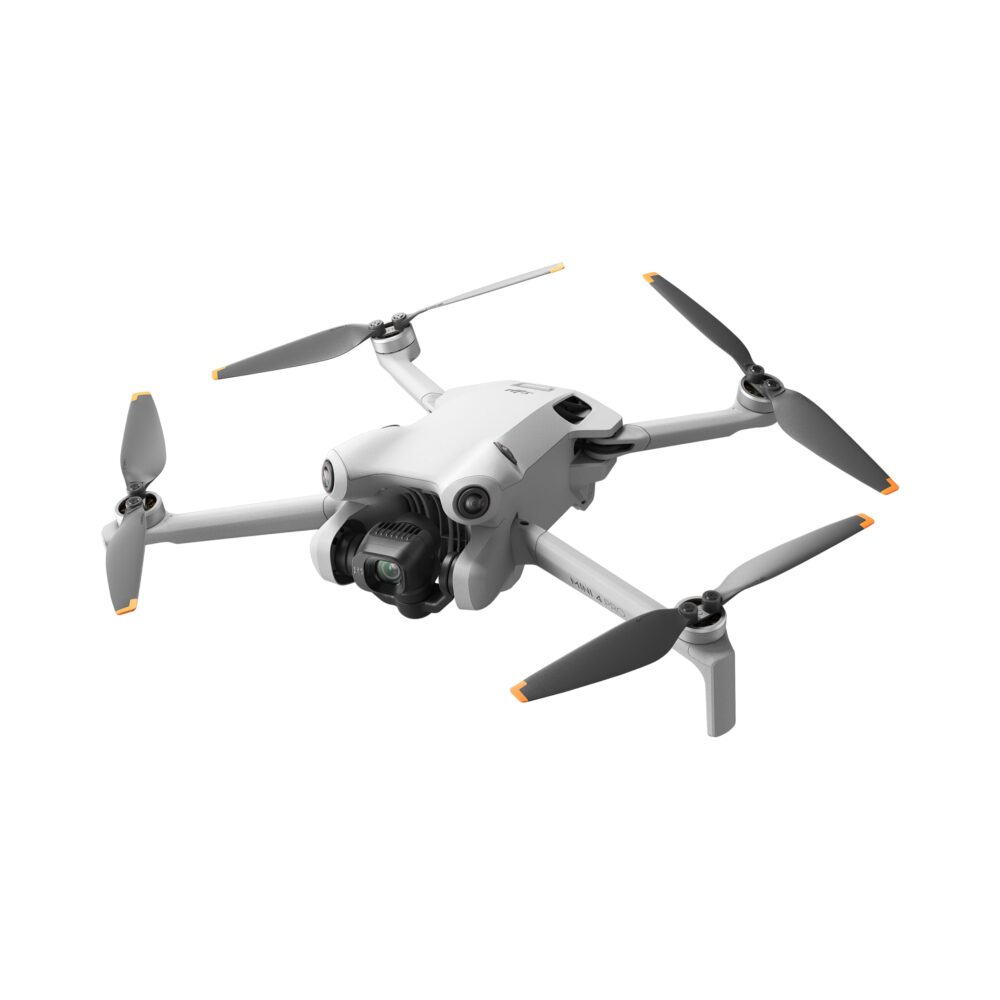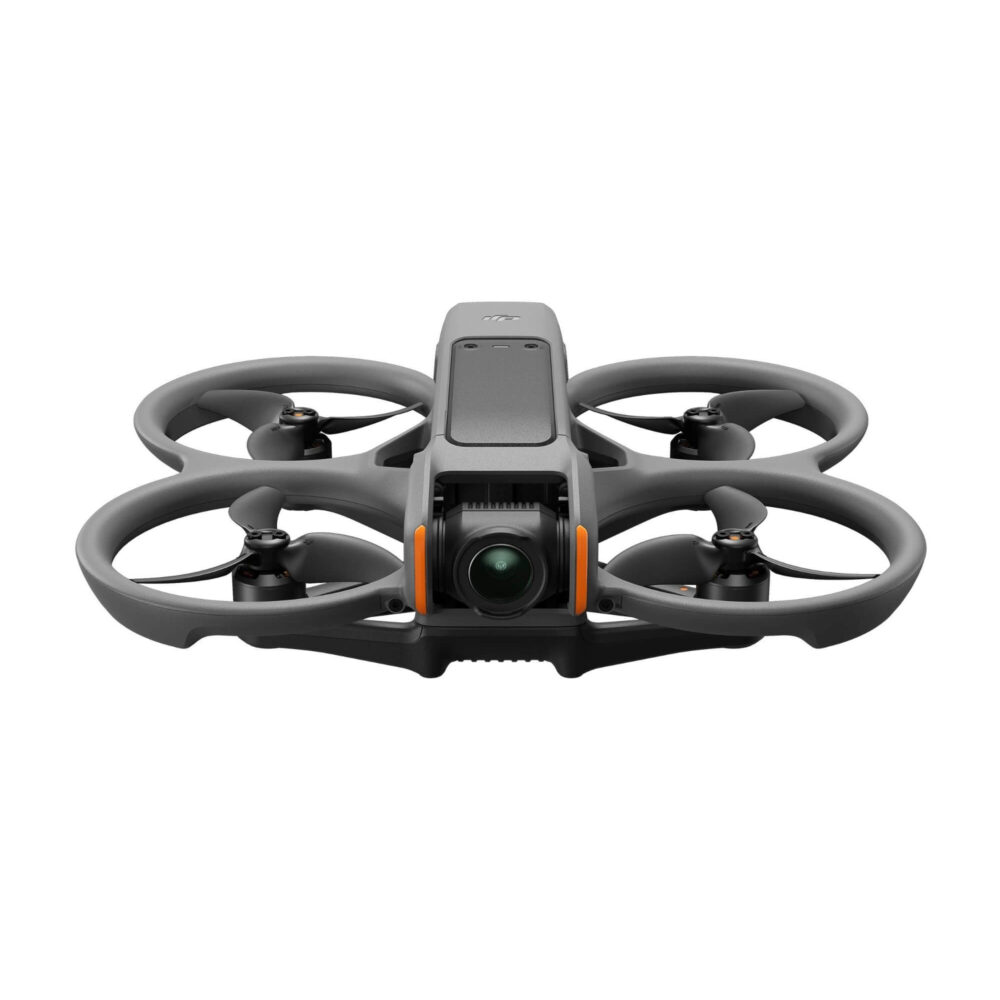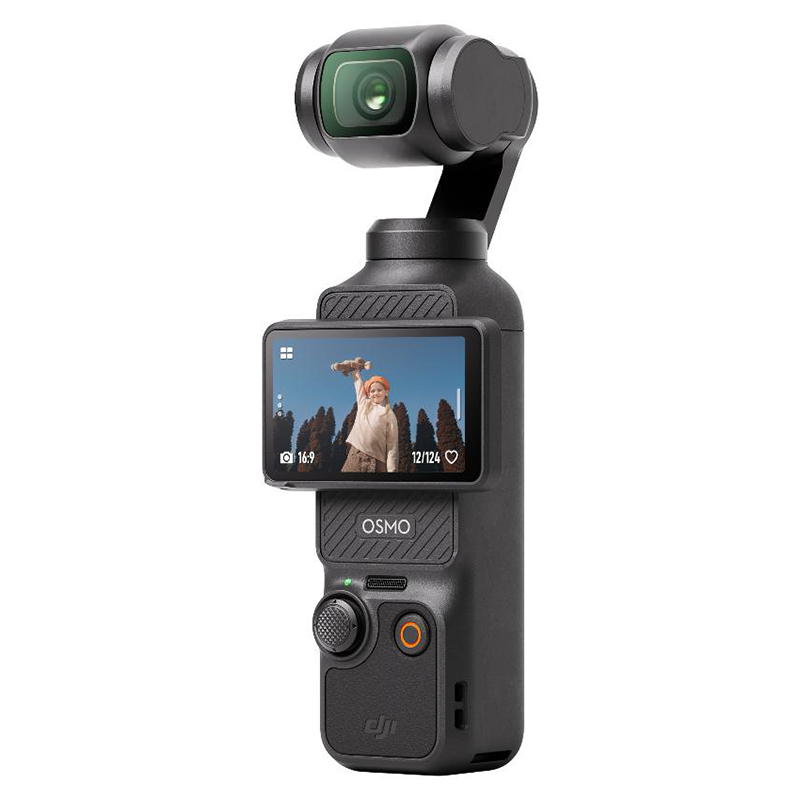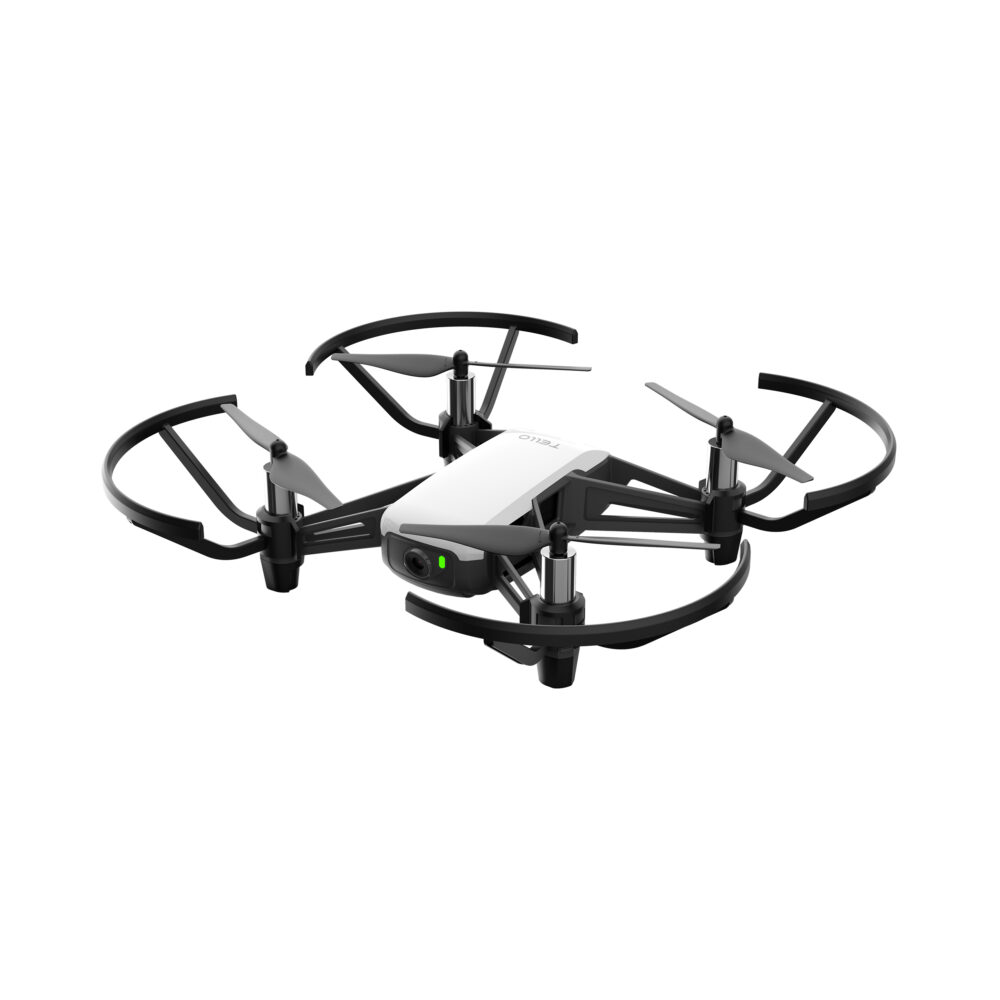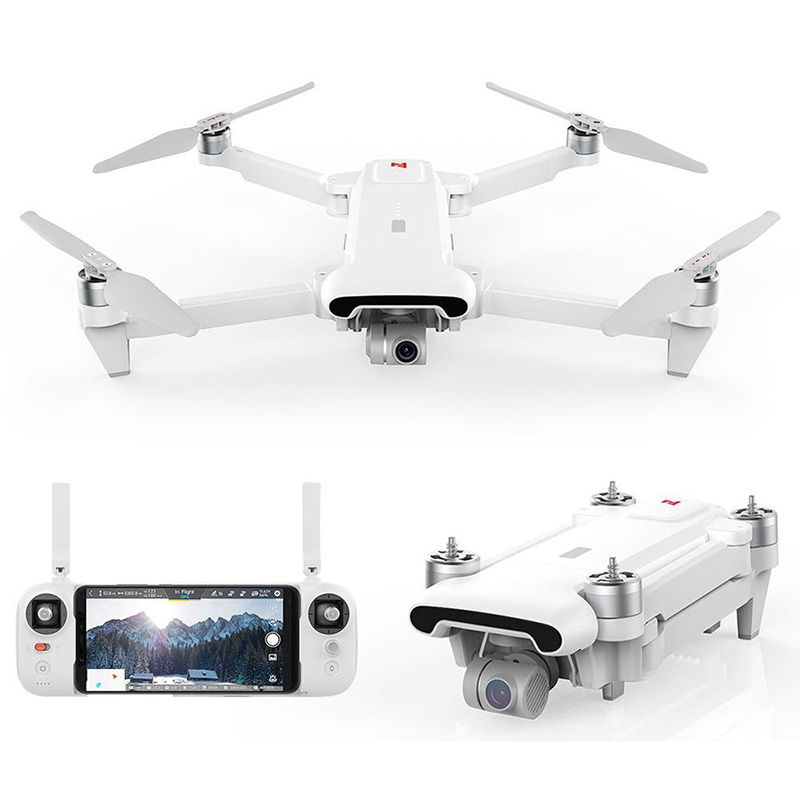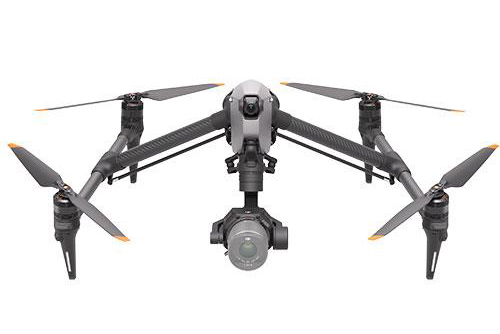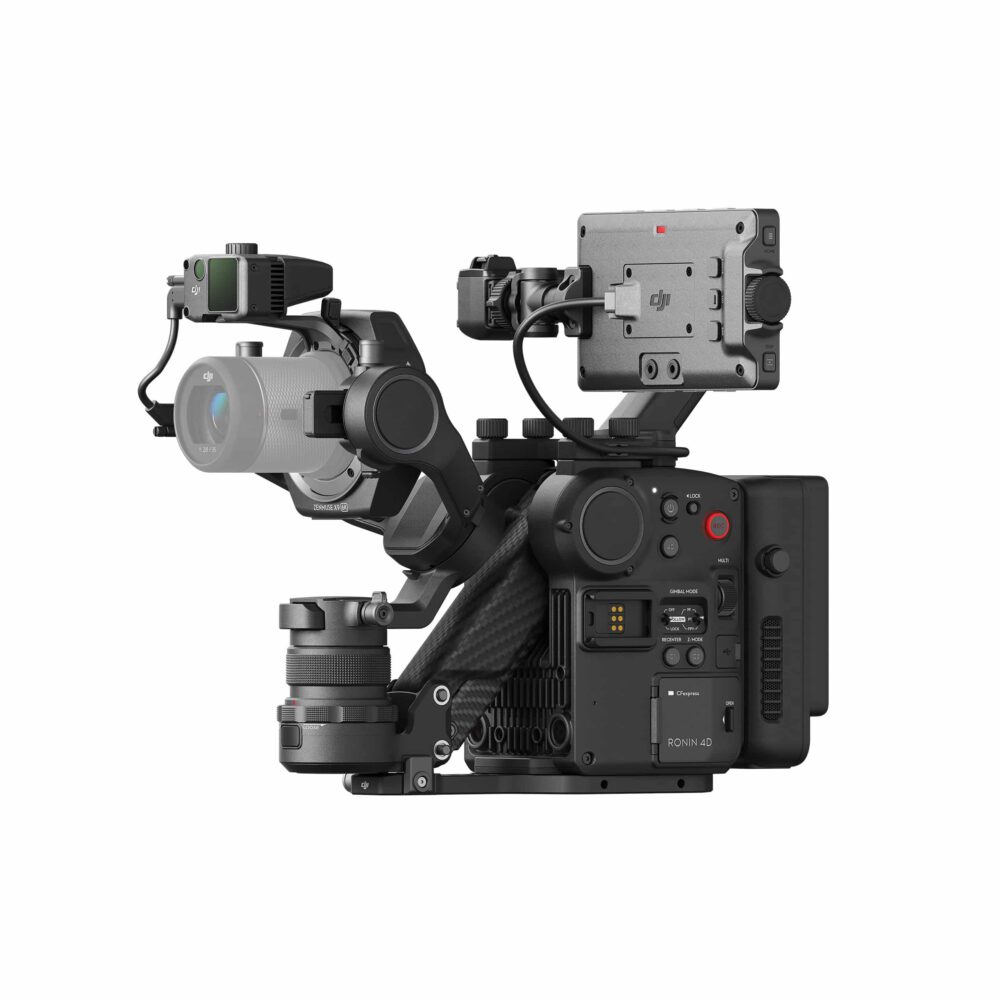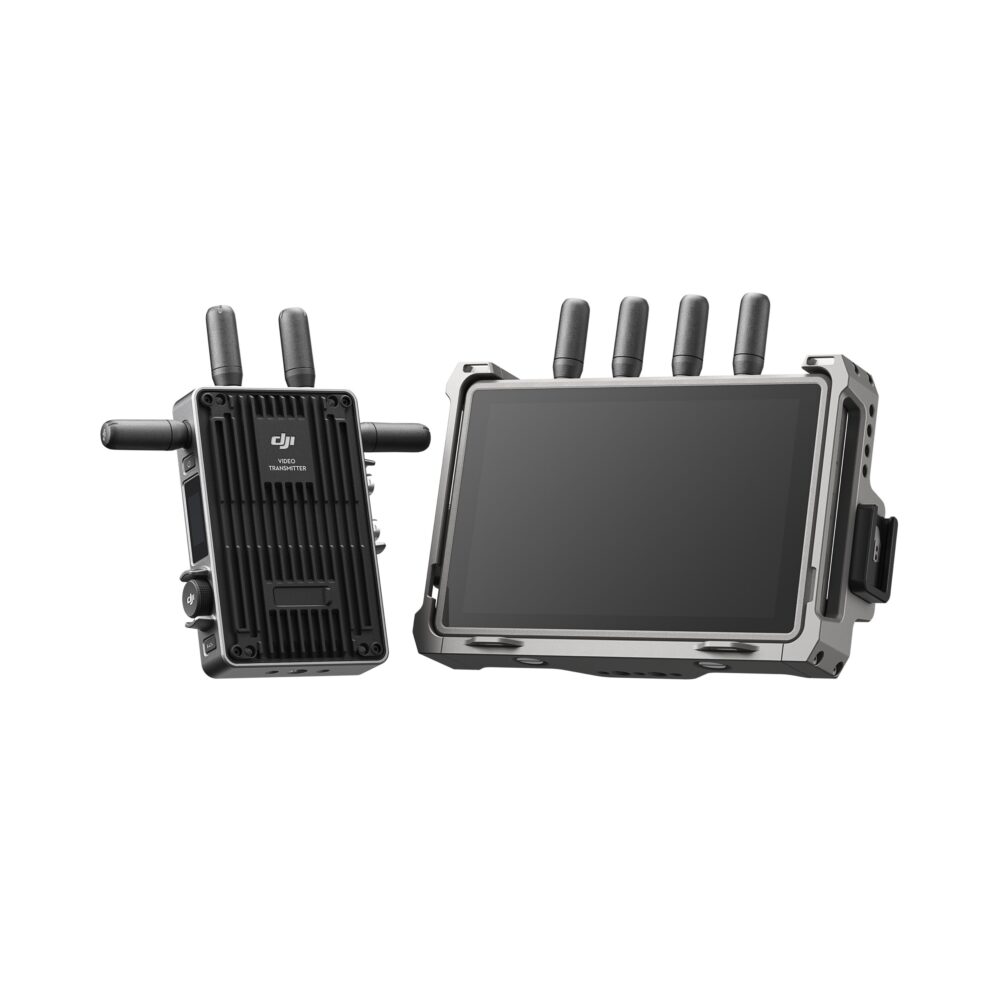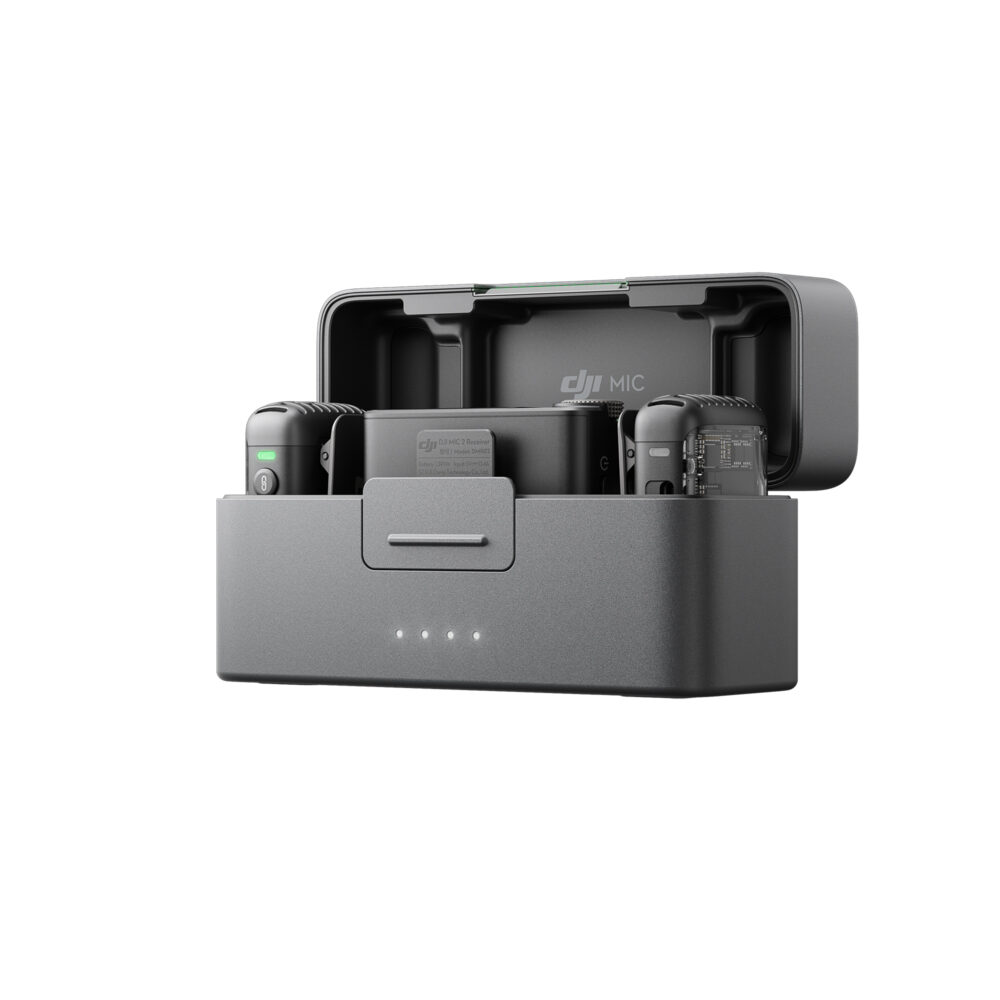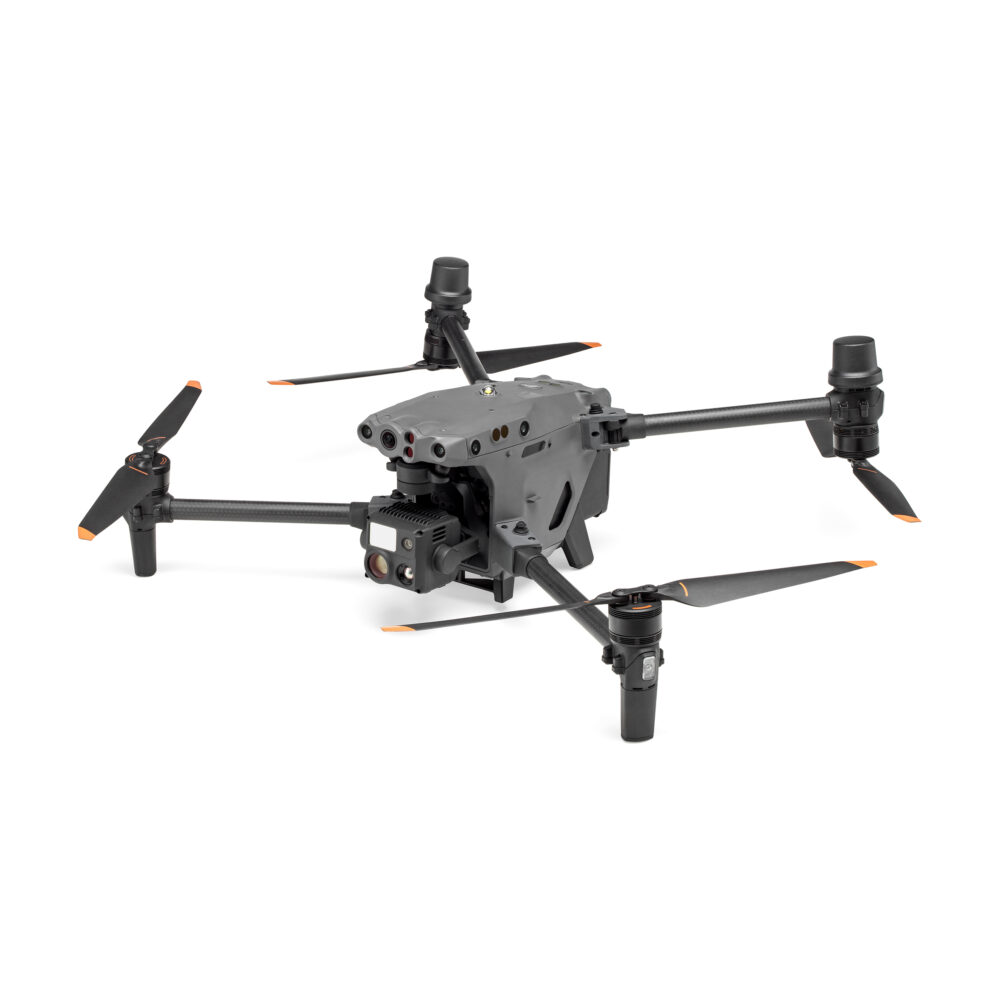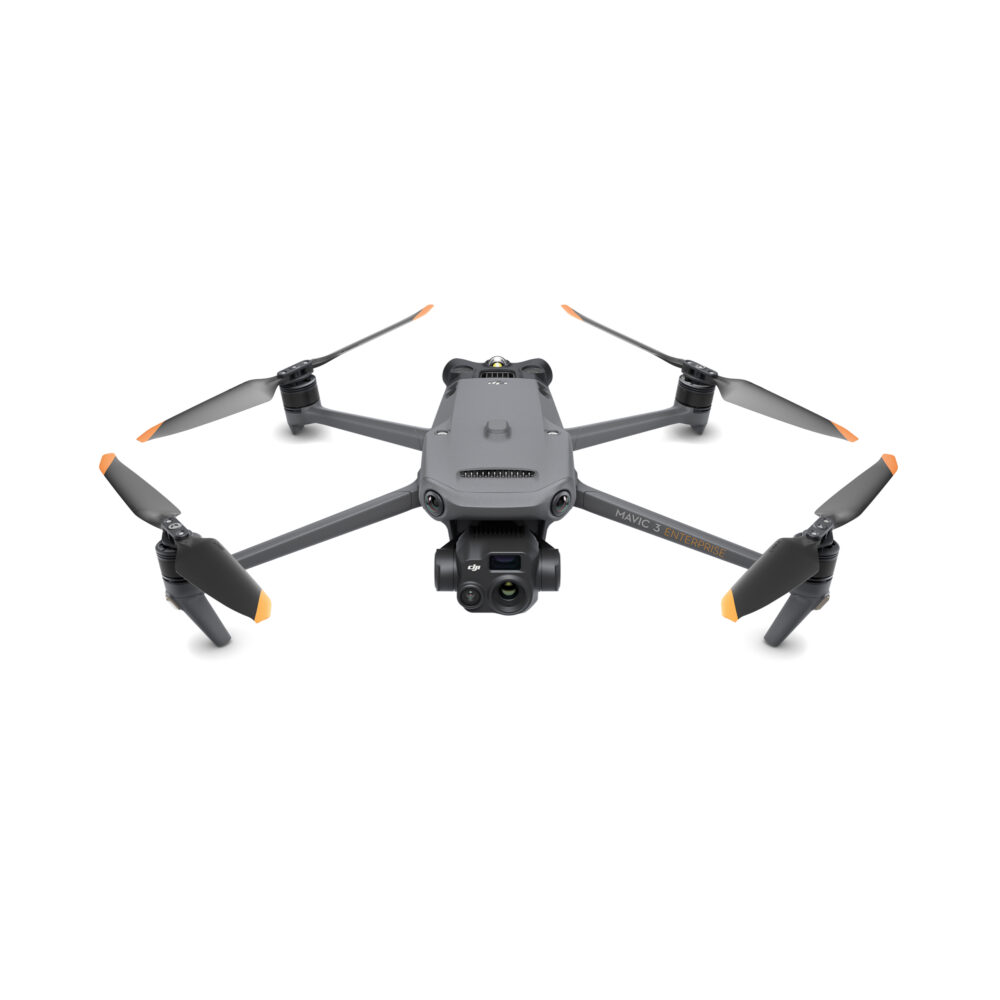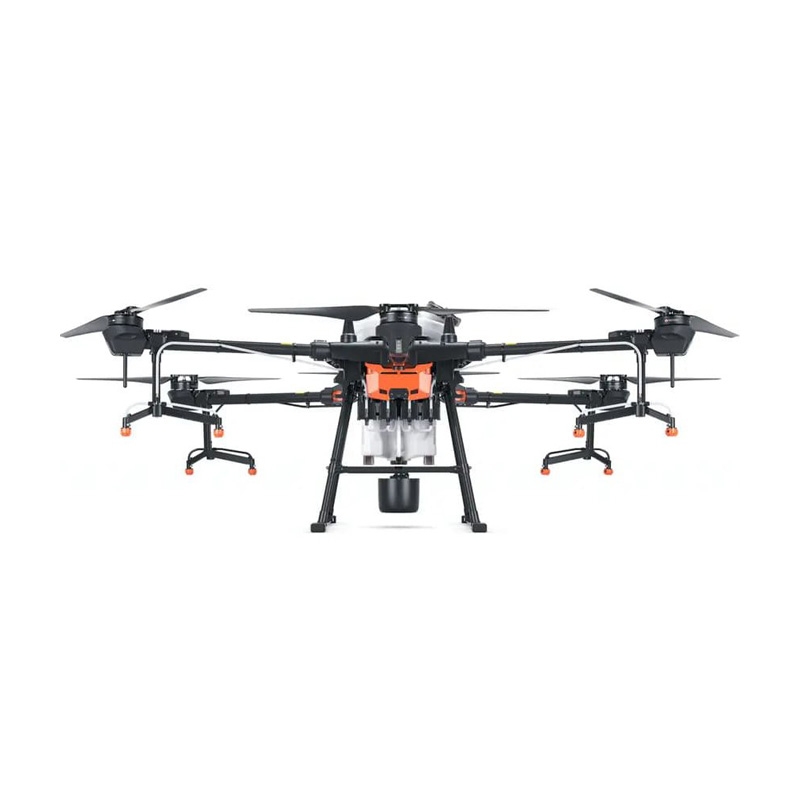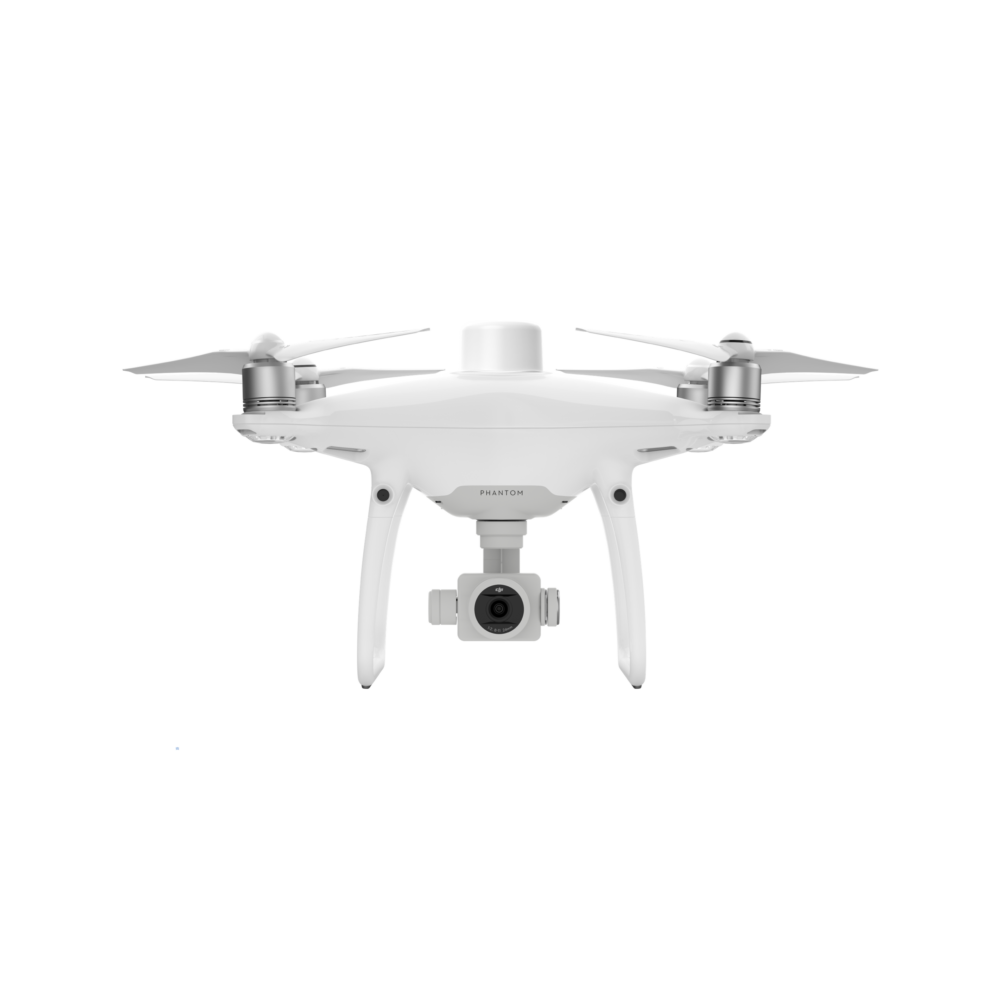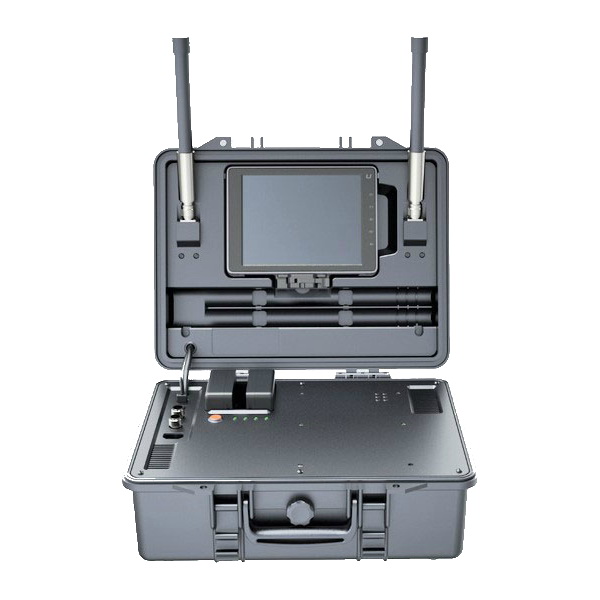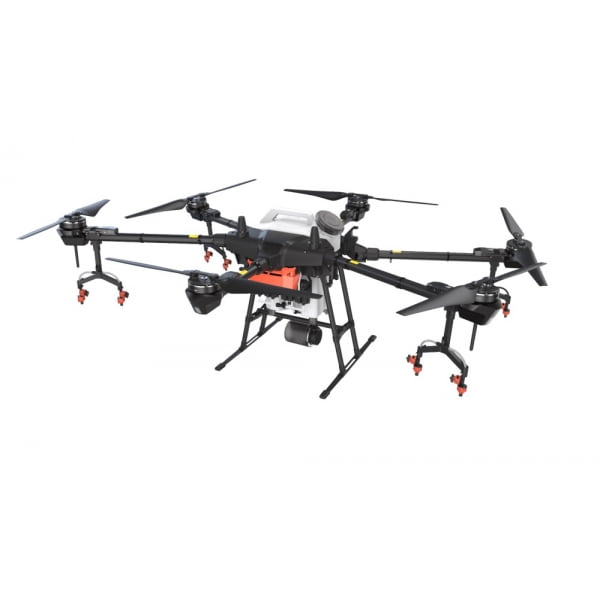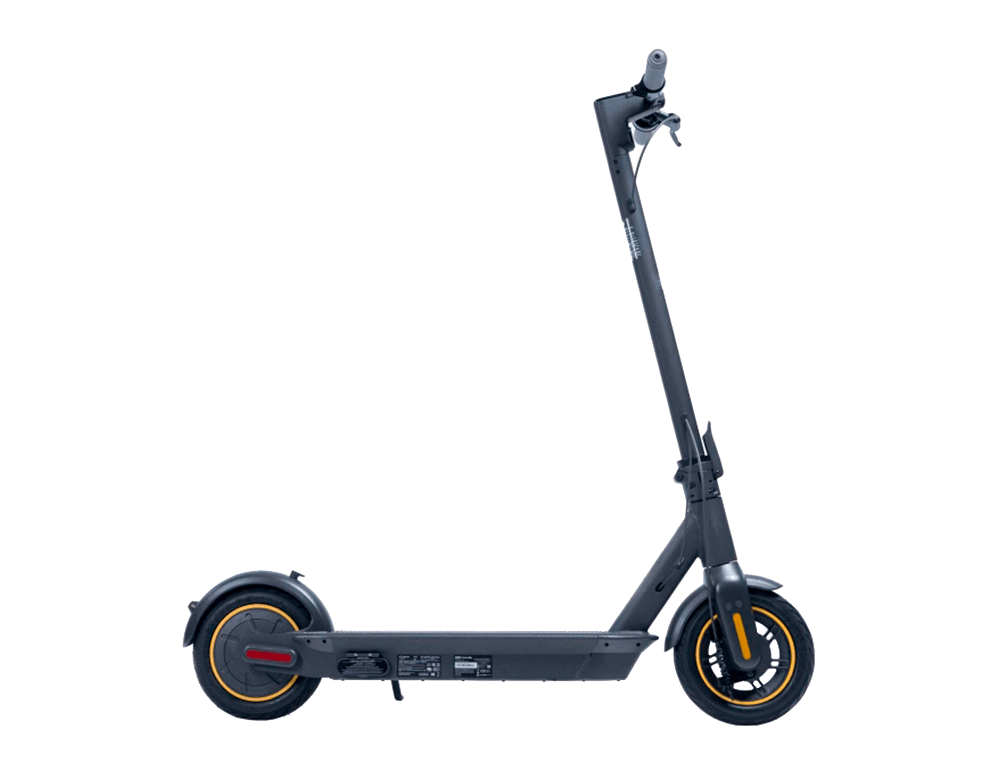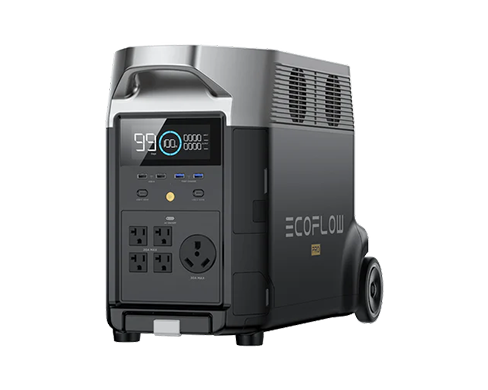Launching and piloting a drone can be both a great way to pass the time and an effective method for solving various very serious tasks. And it is not always possible or necessary to do this exclusively in the open air, on the street. Sometimes circumstances force the operator to use the capabilities of modern drones indoors. Many modern quadcopter models, such as the DJI Air 2/2S, DJI Mini 3, and DJI Mavic 3, come equipped with features that allow them to fly even in small spaces without any problems. However, when deciding to fly even the most advanced drone inside a building, you must follow a number of rules and be careful. To make your flight safe and successful, we have prepared some useful tips for you.
1. Choose the right type of drone for indoor flying.
For example, Mavic 3 can fly indoors, but its parameters and capabilities are not always suitable for such tasks. The best way to do this is to use the new model from DJI – Mini 3. It can be said that it is almost ideal for flights inside buildings, and of various sizes. And this applies not only to the size of the drone, but also to the functions that the manufacturer equipped it with.
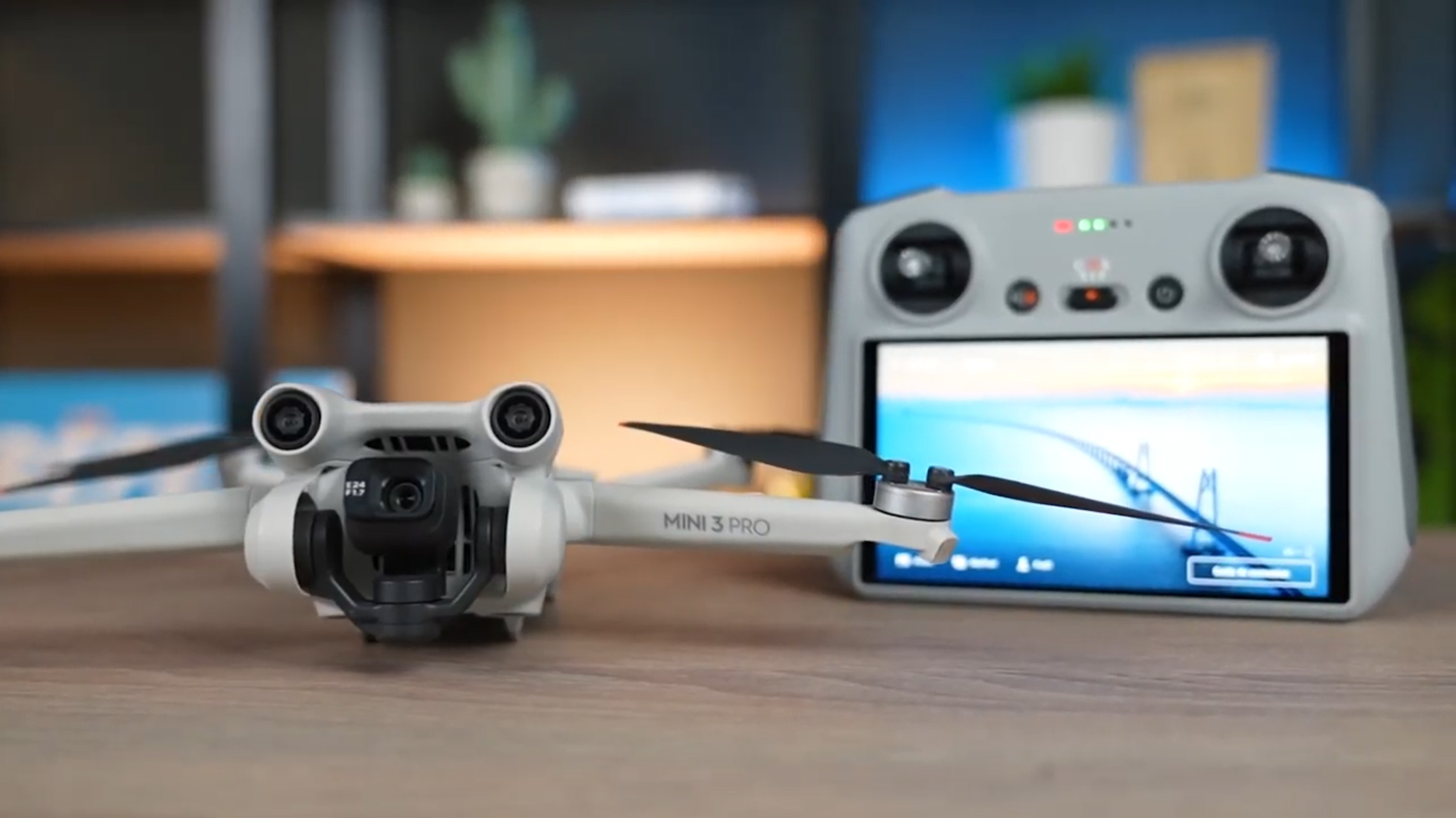
2. Reboot the drone.
Some drones have the ability to remember previous flight and setup parameters. That is, if you last flew the drone outdoors on a windy day, then the drone will behave inappropriately and fly erratically indoors. Therefore, you should reboot the copter (“Reset” button) or use the instructions in the technical description of your copter for the correct actions.
3. Adjust your drone's flight controller settings.
Many drones come pre-configured by the manufacturer for indoor flight. But if your drone does not have this feature, you can manually lower the sensitivity of the flight controller to provide better maneuverability around objects and corners in the room.
4. Learn the nuances of your drone.
Always try to understand the smallest details of your drone (if possible). Will he be able to calculate altitude using pressure sensors or using sonar? Does he have a way of moving faster in one direction than in other directions? Do you feel comfortable flying with just the remote control, or do you need all the controls? Confidence in your ability to handle a particular drone model is vital when flying drones indoors.
5. Always have spare parts available for different occasions.
It is easiest to damage a drone while flying indoors. Even the smallest dent, cut, or tear can cause a drone to function differently, so having spare parts on hand (especially propellers) is always a good idea.
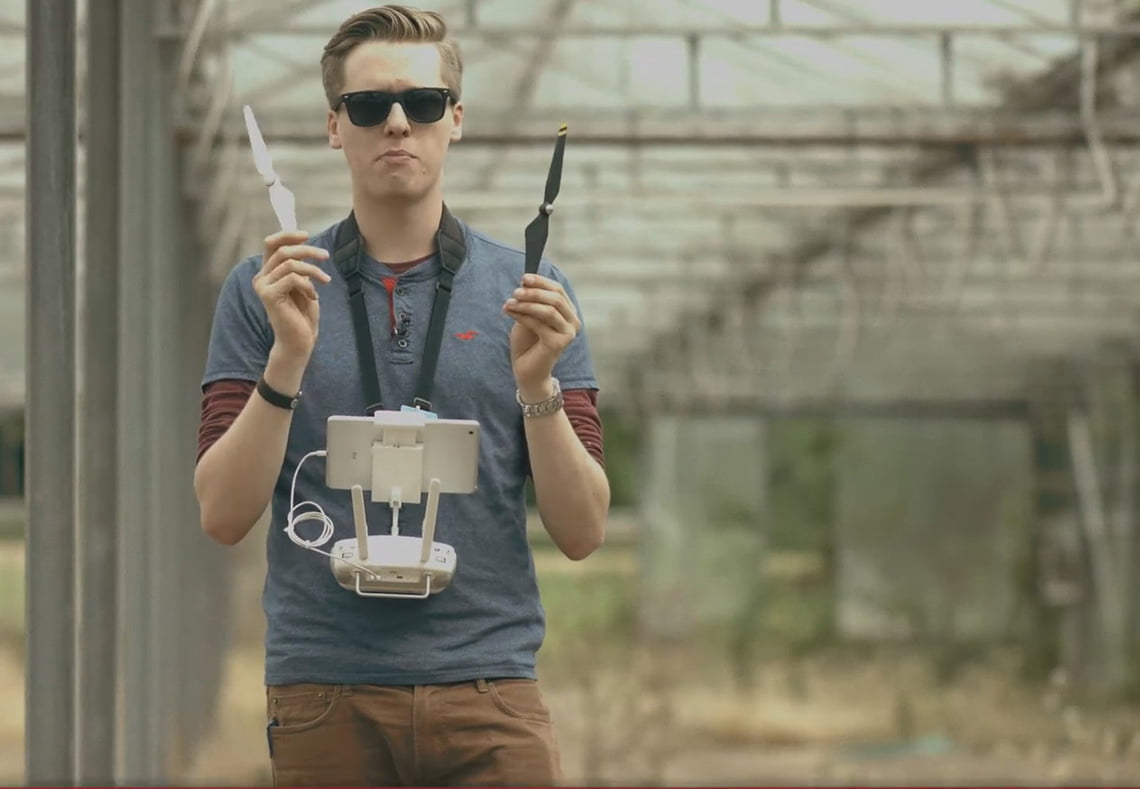
6. Use propeller guards.
Some models of quadrocopters are immediately equipped with special protective covers. For DJI models, you can purchase additional protection kits and install them not only for indoor flights, but in general for the safety of both people and the aircraft themselves.
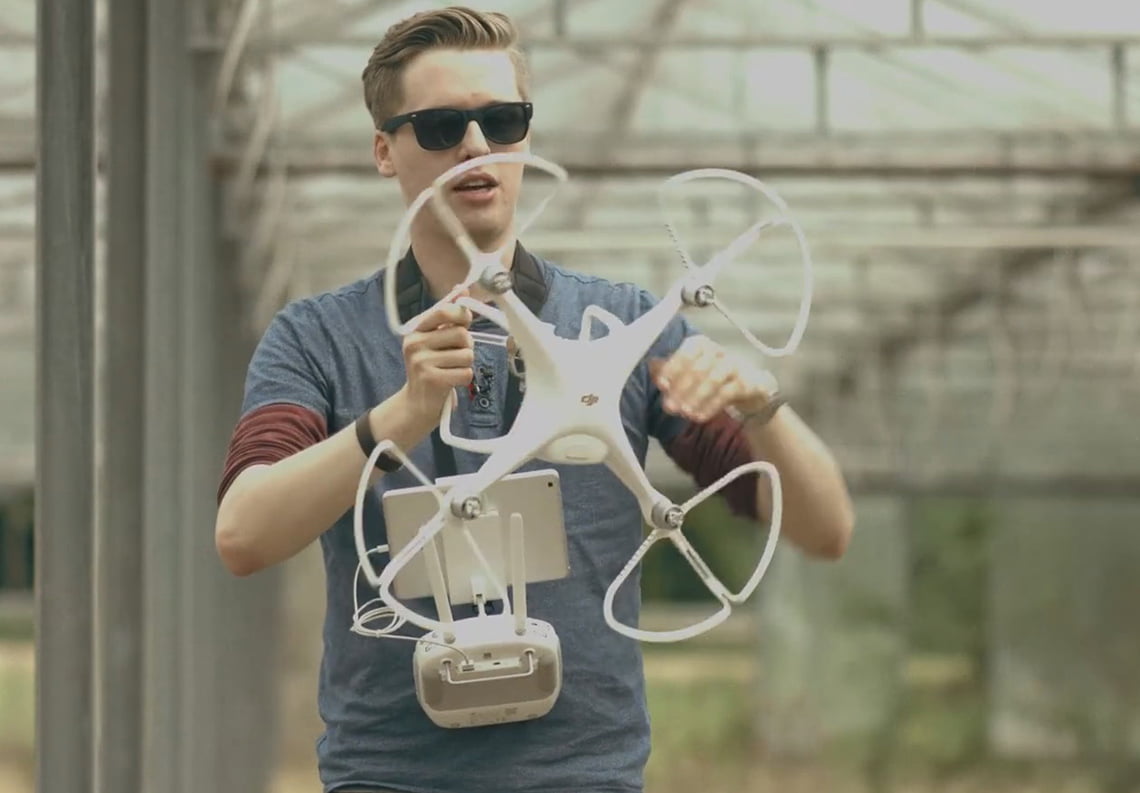
7. If there is furniture or the like in the room, protect it or remove it from the room if possible.
Your furniture may not be damaged by a flying drone, but it reduces the space for flights. In addition, there may be a glass of drink or a vase within the drone’s route, which the machine can accidentally drop without even touching them with its body. As a result, a pile of broken glass or porcelain, spilled liquid and various side troubles can form on the floor. All this will have to be removed.
8. If you decide to use large drones for flights, then for these purposes it is better to use large rooms like warehouses or workshops.
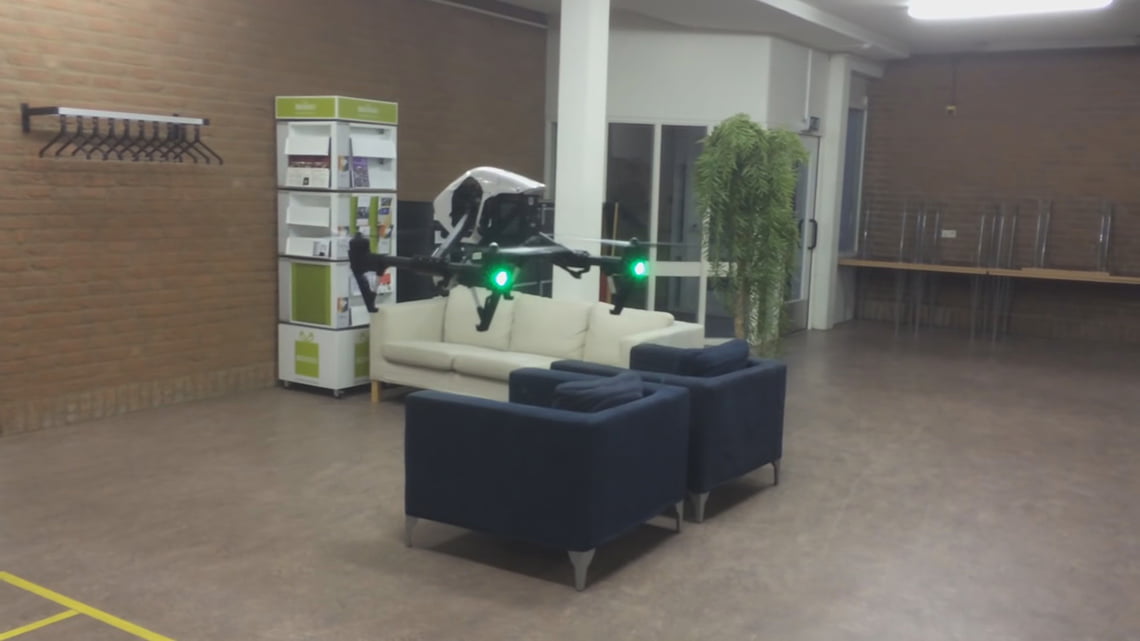
9. Provide safety for animals that may be in the room. Better to remove them altogether.
The advice applies primarily, of course, to pet owners. However, even in a seemingly uninhabited workshop or warehouse, you can meet representatives of our various smaller brothers. Many pets, especially cats, are naturally curious. Some of their owners make attempts to tease their pet with a flying quadcopter. True, this mainly concerns the owners of nano-drones, however, there are cases with the use of larger models. This is far from the best idea, as the result of an accident could be either an animal or a drone, or even both.
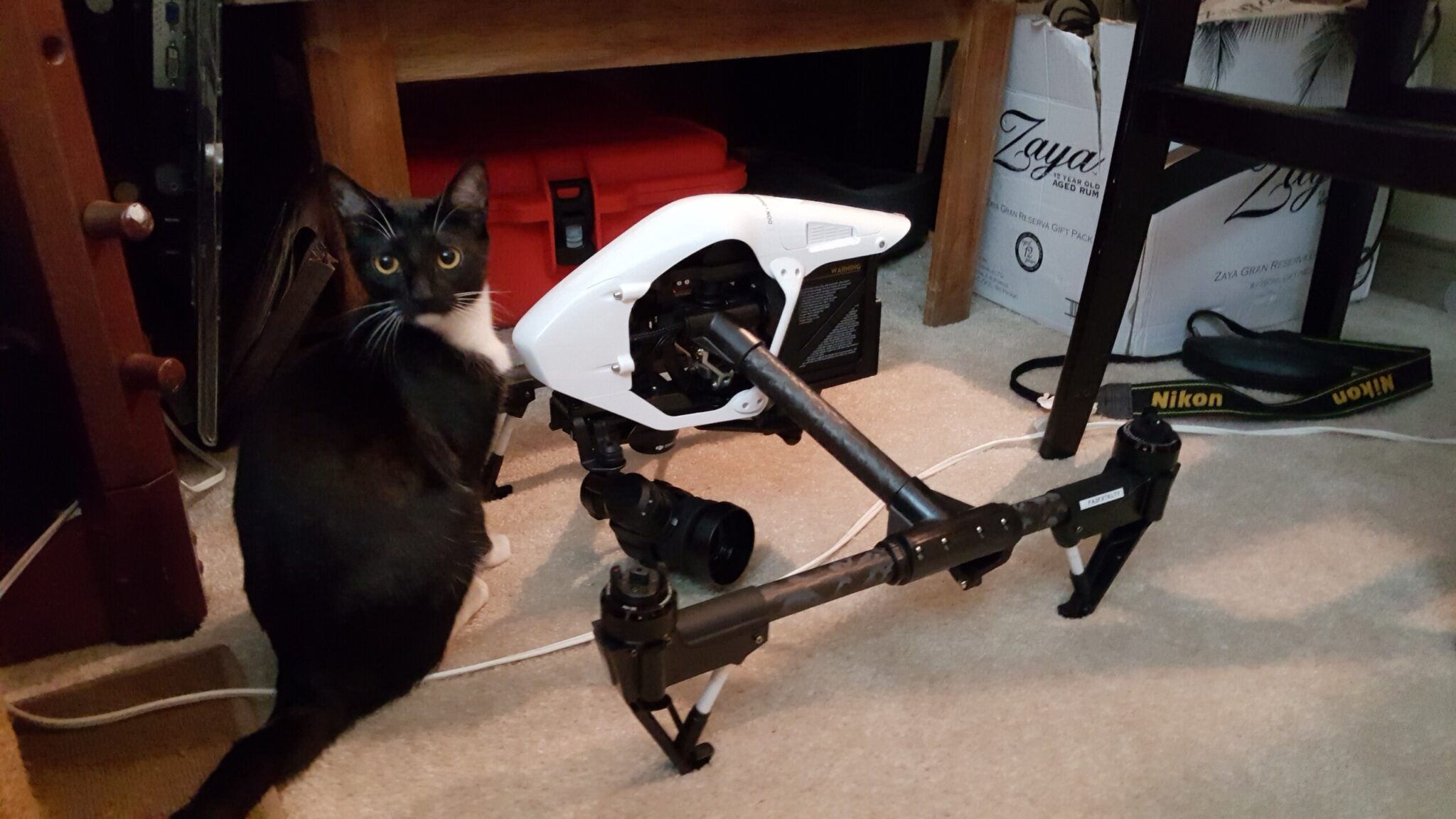
10. Consider using goggles for eye safety, especially if you have small children with you.
To some, this advice will seem superfluous, but, unfortunately, in recent years there have been quite a few accidents involving unmanned aerial vehicles that have caused injuries of varying severity, including damage to the eyes. There are cases when children are partially blind due to a propeller in the eye. Such an incident took place in the UK, when, due to loss of control of the copter, the drone crashed into a child and cut his eyes with a propeller. Safety goggles will help to avoid such accidents.
11. Avoid flying too close to ceilings, floors or walls.
To some, such advice will seem strange, because everyone seems to understand that if a drone crashes into these parts of the room, then it will either get damaged or damage the surface coating. However, the point is not only this. During the flight of a drone, there are certain physical laws associated with the movement of air. If your quad doesn’t have enough space (and air) at the bottom, top or side, it will affect the stability of the machine and the stability of its flight (there is a vacuum effect).
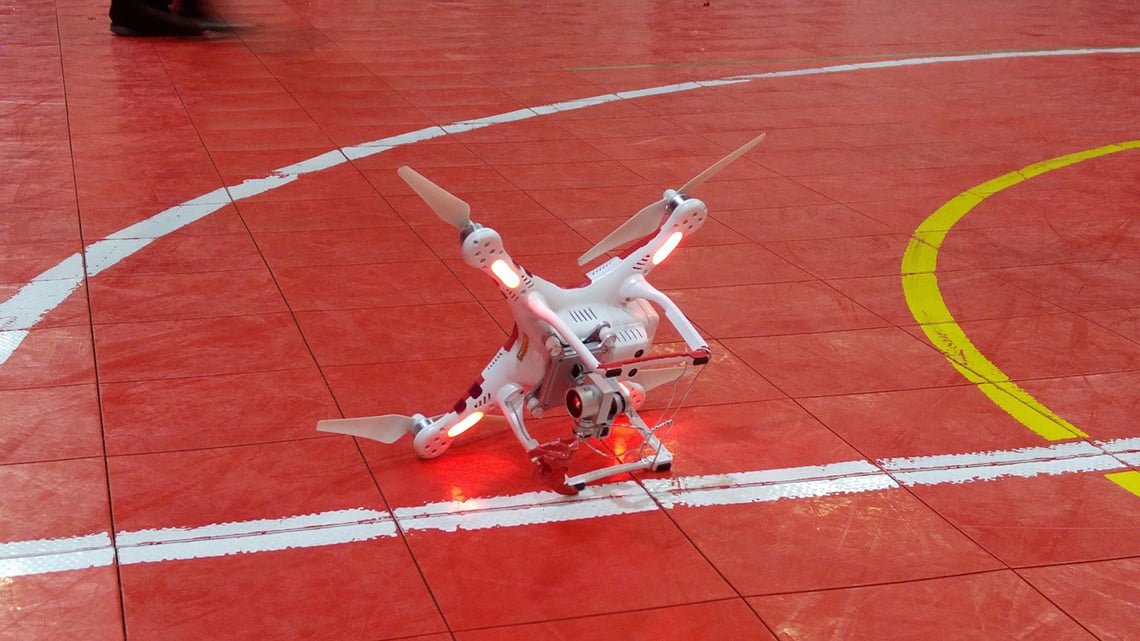
For example, if the drone in flight is too close to the ground (that is, to the floor), then this leads to the departure of the air flow to the sides. If the car flies too close to the ceiling, then the air cannot freely go up (which is natural for a drone), as a result of which the drone “sucks” right up to the ceiling. A similar situation occurs when flying close to a wall: due to airflow obstruction, the aircraft may be even closer to the wall than you would like, and this threatens to crash.
12. Get permission to fly if you don't own the premises.
If flights will be carried out on someone else’s territory or on the territory of joint ownership, it is better to obtain permission from the owner or co-owner in advance.
13. Keep a first aid kit and telephone nearby just in case.
These are just pieces of common sense for drone operators of all ages and skill levels. When a flying object with propellers appears in a confined space, accidents are quite possible, so you need to immediately prepare for trouble and know where the first aid kit and phone are.
By following at least these simple tips, you can ensure the safety of yourself and those around you, as well as create all the conditions for normal flights.


